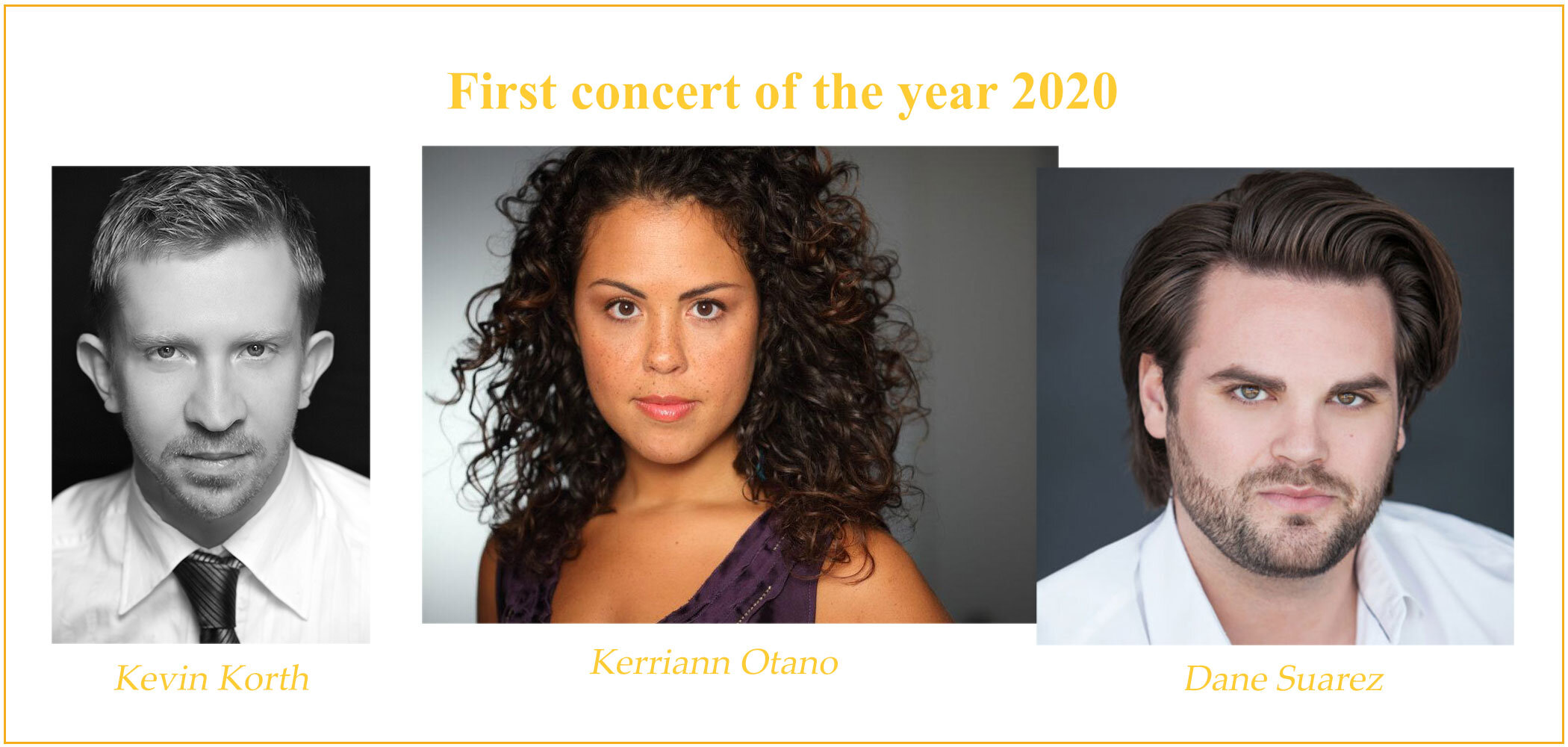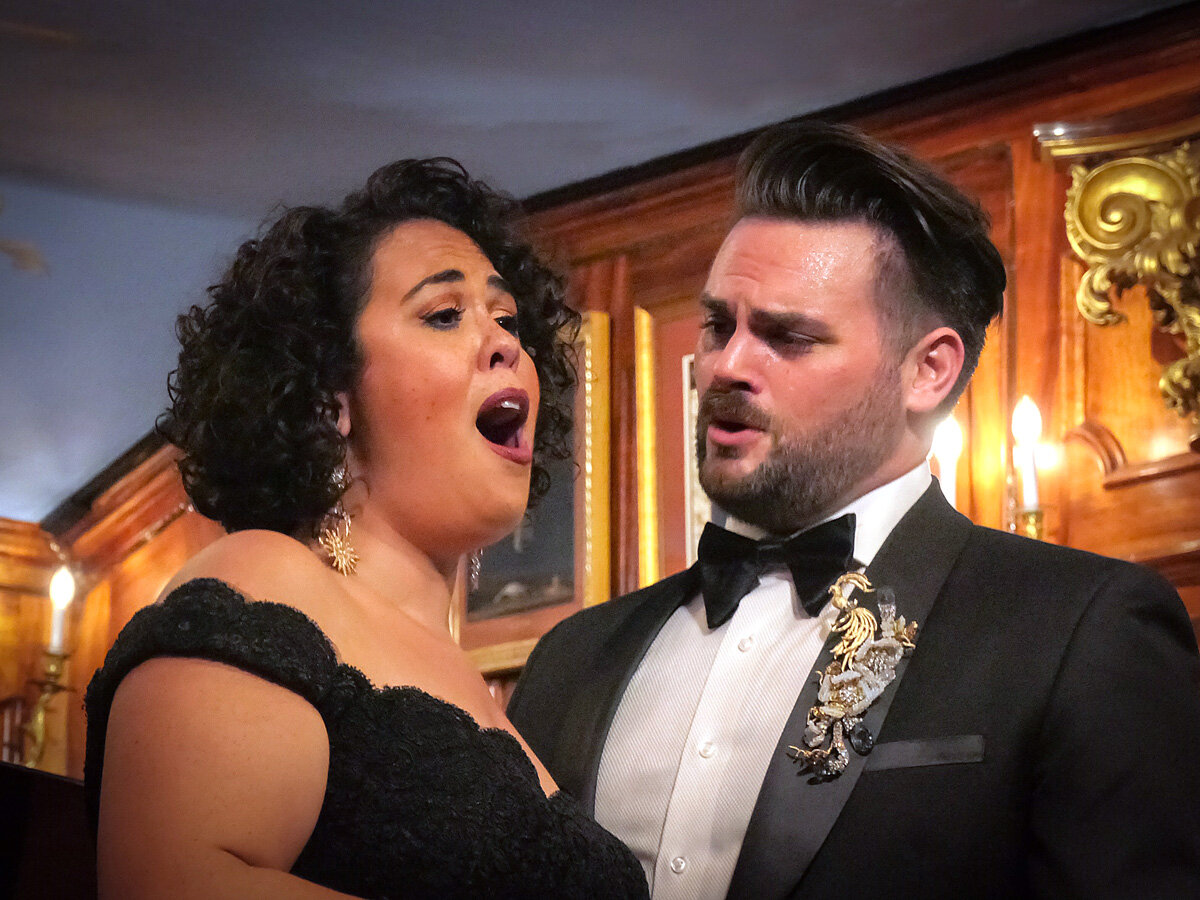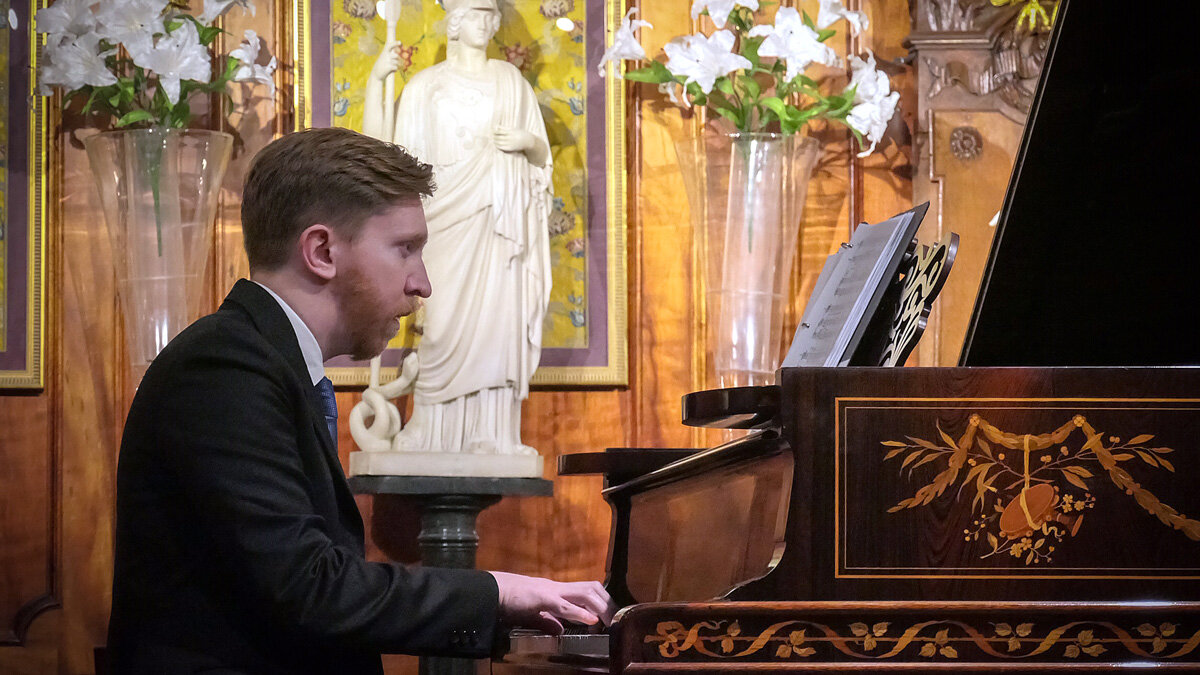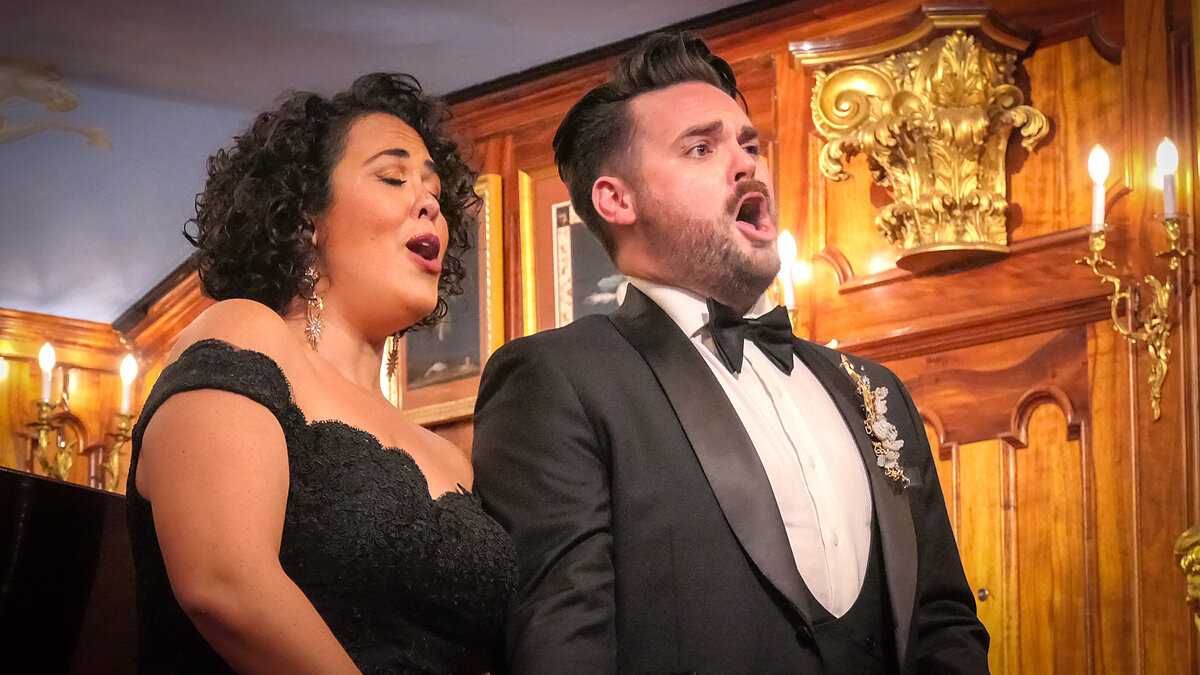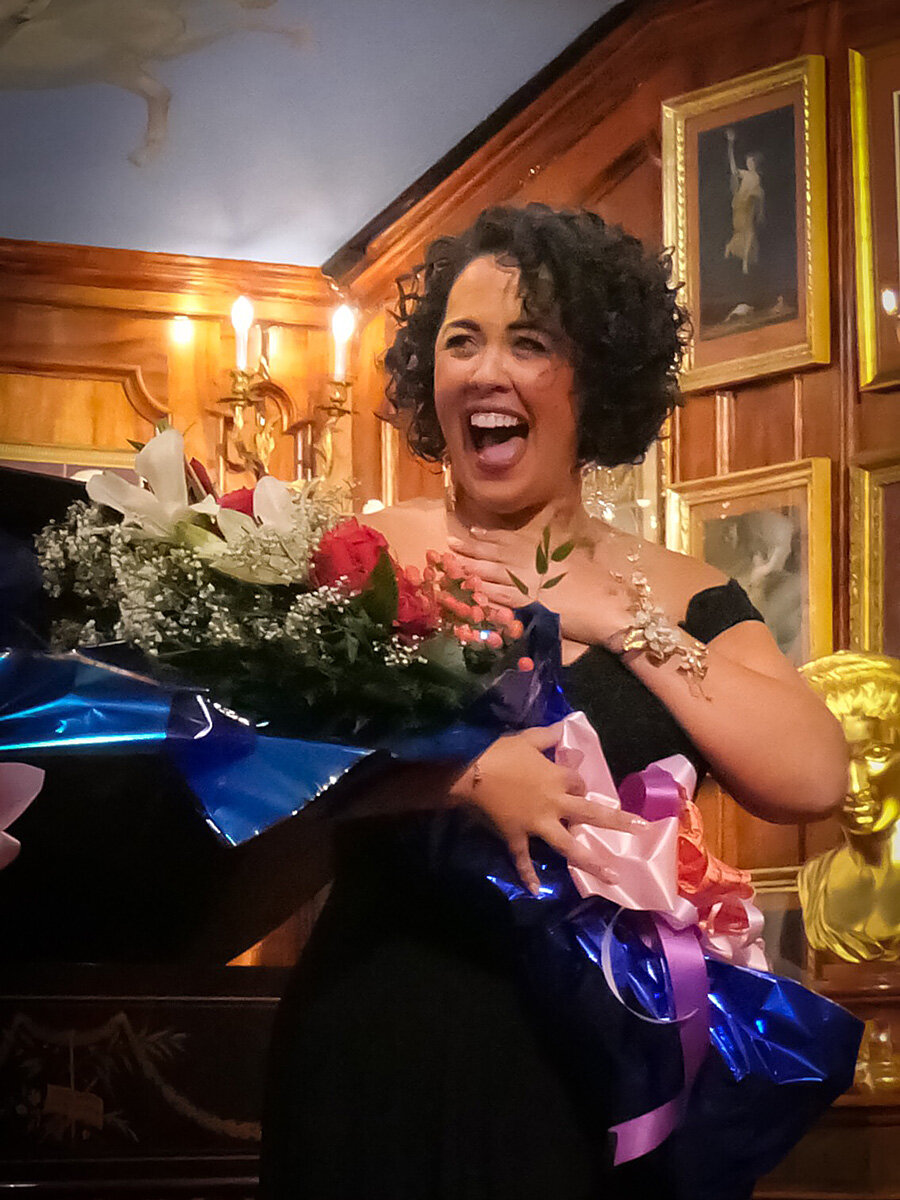Apollo Arts is a not-for-profit organization dedicated to creating classical artistic experiences through ballet, music and theater performances.
January 4, 2020
Opera concert
Apollo Festival Hall
Kerriann Otano, soprano
Dane Suarez, tenor
Kevin Korth, piano
PROGRAM
Tosca Giuseppe Verdi
Recondita Armonia –“obscure harmony”- are the words of Tosca’s lover, the painter Mario Cavarodossi. He compares and contrasts the passionate dark opera singer Tosca to a portrait of Mary Magdalene that he is painting.[1]
Mario! Mario! Mario! is the beginning of a duet between Tosca and Mario as she knocks on the door of the church, begging to be let in. She has heard Mario speaking with someone and is suspicious. Mario, who has been sheltering a rebel fighter, tries to deflect her questions.
Vissi d’arte is Tosca’s plaint to God and to the fates as she contemplates the plight of herself and her beloved at the hands of police officer Baron Scarpia. Scarpia has proposed that if Tosca agrees to give herself to him, he will release Cavaradossi, whose execution is scheduled for dawn. As she sings, we see the first red clouds appear.
La Gioconda Amilcare Ponchielli
Cielo e Mar portrays the reveries of the sea captain Enzo as he waits for the secret lover with whom he intends to sail away. Poignantly and innocently, he describes the scene surrounding him, unaware that within hours he will be captured by his rival in love, a spy for the Inquisition.
Il Trovatore Giuseppe Verdi
Tacea la Notte Placida begins with a theme that blooms and rises from minor to major, as Leonora describes how her mystery lover has returned as a troubadour to serenade her. She vows that she would rather die than lose him.
Carmen Georges Bizet
Parle-moi de ma mère are Don Jose’s eager words when his childhood friend Micaela comes to meet him where he is stationed with his troops, bringing a letter from his mother. The duet portrays his sentimentality and sense of obligation, characteristics which make him readily vulnerable to the temptations of Carmen.
La Bohème Giacomo Puccini
Che gelida manina is sung by Rodolfo to Mimi when he first takes her hand in the dark hallway where he has found the key to her flat. With the extravagance and egotism of a poet he proceeds to describe his life, and eventually asks her to tell him more about herself.
Si, mi chiamano Mimi
After admitting that her real name is Lucia, Mimi presents a lyrical picture of her pastime and livelihood embroidering flowers and “things that speak of love and spring” and have gentle sweet smells and poetic names.
O soave fanciulla
When the couple enter flat, Rodolfo is for the first time able to see Mimì clearly, now bathed in moonlight, and the two realize that they have fallen in love.

